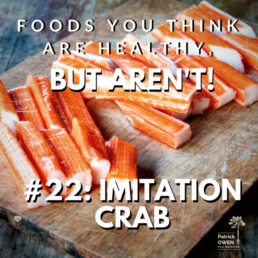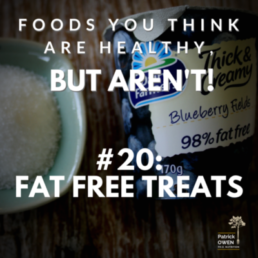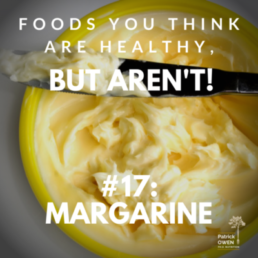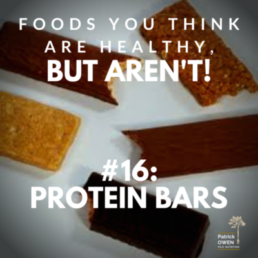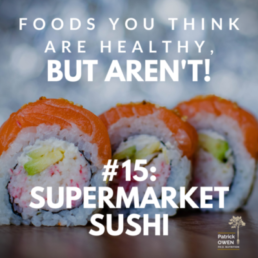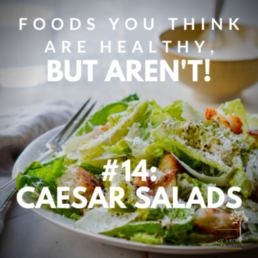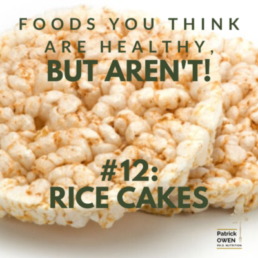 Why we avoid it:
Why we avoid it:
Cheese is so confusing that many people don’t know where it fits in a healthy lifestyle. It’s full of fat and calories — we’re certain of that. But what’s better for you? Soft or hard, non-fat or full fat, mild-flavoured or intense?
Why we should eat it:
Let’s assume that we’re talking about cheese that doesn’t come in a jar, an aerosol can or wrapped in plastic sleeves. Let’s also assume that the way you eat your cheese isn’t on pizzas, burgers or tacos. That cuts out the majority of cheese that’s being eaten in the west and is a far cry from the original stuff that monks and mothers have been making for centuries from milk and rennet. High-quality cheese is definitely good for you. As a general rule, the longer a cheese is aged and the harder the texture it has, the less lactose remains. Similarly, non-fat and low-fat cheese will be higher in lactose and comparatively lower in flavor. So stick to full fat, hard, aged cheese if you’re lactose intolerant or want to minimize your carb intake. One study found that increasing the number of dairy products, including cheese, from three to five times per day, resulted in more weight loss, less abdominal fat and lower risk of heart disease and diabetes. Cheese is high in protein and is an excellent source of calcium. If you get your cheese from pasture-raised animals, it’ll be higher in bone-boosting vitamin K2 and weight-fighting CLA.
